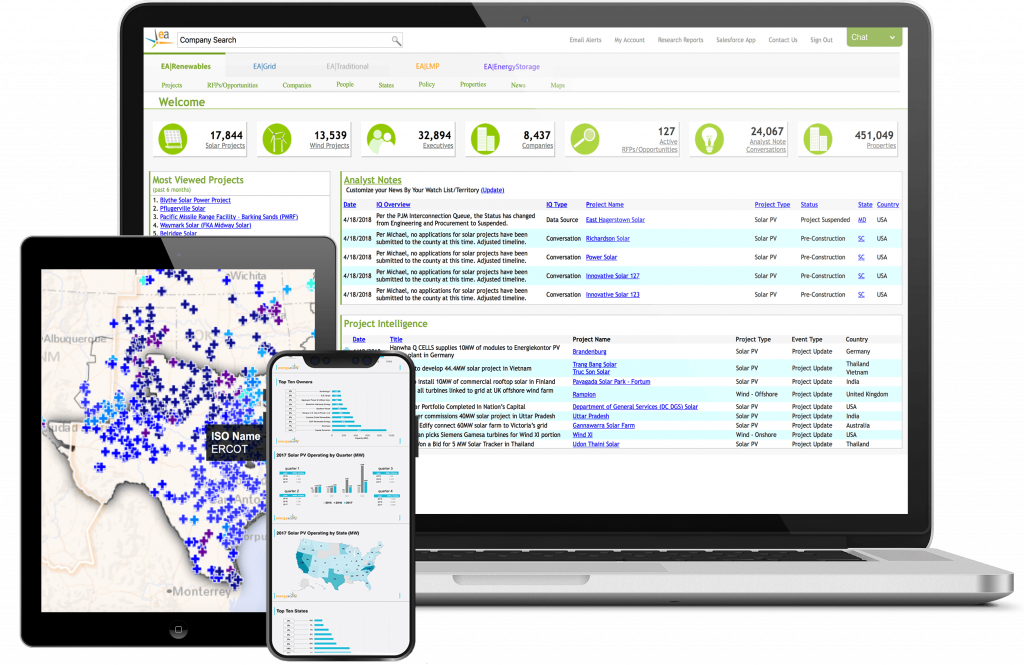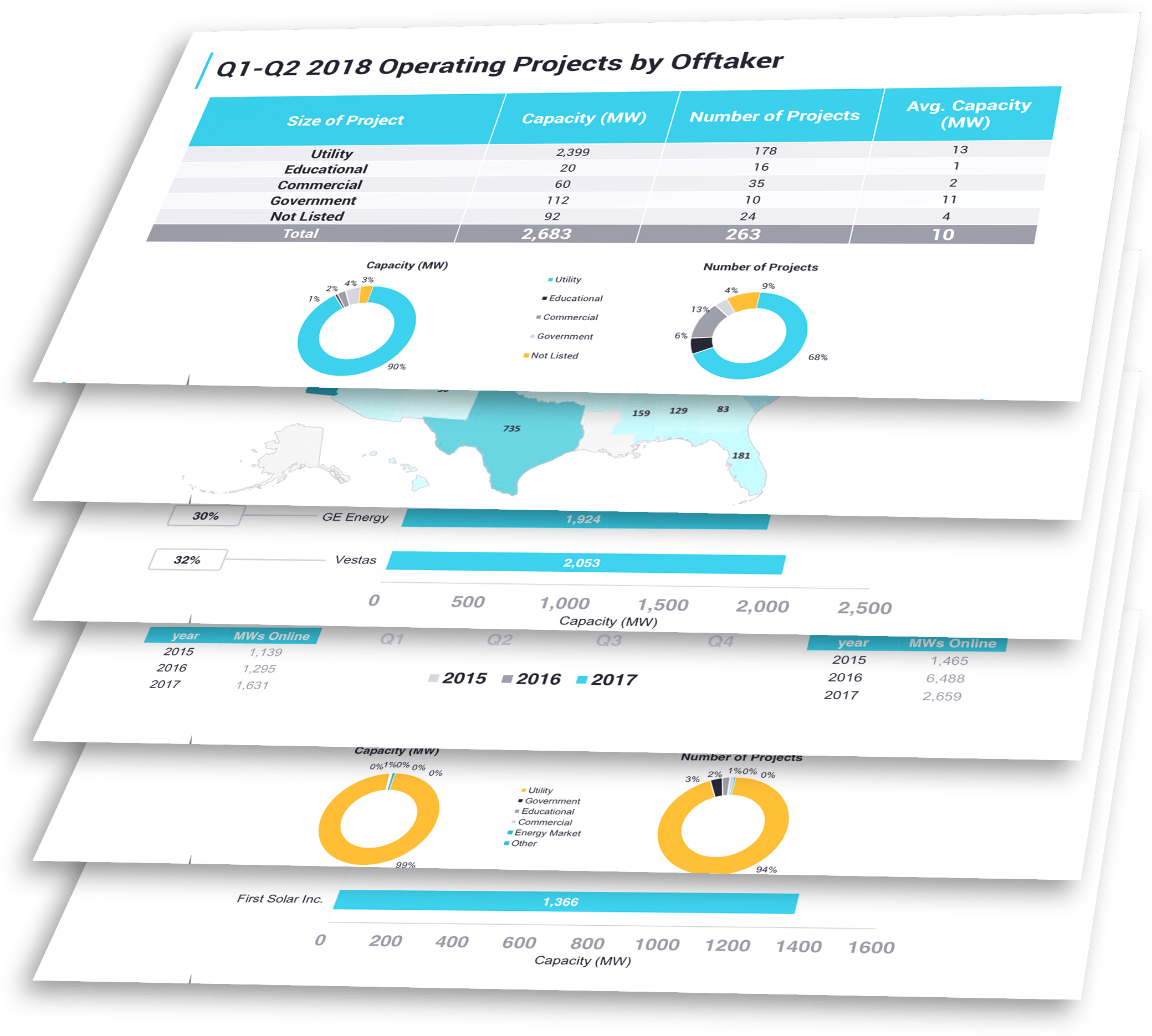
If you’re a developer about to invest nine figures into a renewable energy project, the most important thing you can do is make sure your project’s return on investment is sound.
It’s not easy to build these massive projects. So much goes into the process—from engineering studies to grading to actually building the structures themselves—that if you’re investing $100 million, you need to have zero doubt that the EPC firm you’re trusting to deliver the project to you is working in a timely, cost-effective way.
After all, they’re being trusted with serious amount of capital, and you have no room for error. So what should you look at when evaluating EPC firms? Here are our suggestions.
Source: Energy Acuity
1. Track Record
Find out what projects the EPC firms you’re considering have worked on, how quickly they completed those projects, if they have any jobs in the pipeline, etc. All of these things give you a good idea which of the EPC firms you’re investigating will be the best fit for your project—for example, if you’re a solar developer, you’ll want to look closely at EPC firms that have worked on and have a successful track record with solar farm projects.
You can get all this data through the Energy Acuity Renewables Database, which contains information about hundreds of EPC firms at a glance.
2. Developers Partnerships
In addition to looking at EPC firms’ track records, find out what firms other developers have used in the past and whether or not they have more projects in the pipeline together. Ongoing partnerships signify that the developers were happy with the project outcome—and that the EPC firms they worked with may be better players in the industry. If a developer maintains a relationship with an EPC firm it is a clear indication that the firm is doing something right: They’re timely, go by the book, and have a solid understanding of the bureaucratic aspects of building projects.
3. Community Relationships
In some cases, there is resistance to a developer coming to a new location and starting work on a project. Good EPC firms know this, and instead of letting an uncomfortable situation play out, they help pivot the approach to show how the building phase of renewable projects can benefit and be desirable to the community. Look for EPC firms that use local subcontractors as a way to incentivize community involvement and bring jobs to the area.
4. Operations And Maintenance Teams
If the EPC gets involved in the project’s operations and maintenance role beyond the initial building phase, the long-term success of projects depends on it. Here’s why: If you’re building a 100 MW wind farm across 5,000 acres, you want to make sure the people installing the multi-million-dollar wind turbines are doing it correctly—if not, the job will cost you a lot to fix should a turbine fall or break.
Beyond the timeliness and quality of the initial building phase of the project, operations and maintenance crews play a key role in the long-term sustainability of your projects. Can the EPC firm guarantee that the foundations of their wind turbines will be as strong in 20 years as they are the day they flip the switch on? You don’t want to spend additional capital to fix shoddy workmanship five years into a supposed 20-year lifespan.
To get an insider’s look at current and upcoming projects and see which EPC firms are winning the most projects, check out the full version of the project profiles in the Energy Acuity Renewables Database.
Source: Energy Acuity
Need Detailed Energy Market Intelligence and Analysis? Request a Free Demo of the Energy Acuity Platform Today!

Energy Acuity (EA) is the leading provider of power generation and power delivery market intelligence. EA’s unique approach merges primary research, public resource aggregation, web monitoring and expert analysis that is delivered through a simple, dynamic online platform. This allows our clients to focus on actionable information and win business over the competition.

